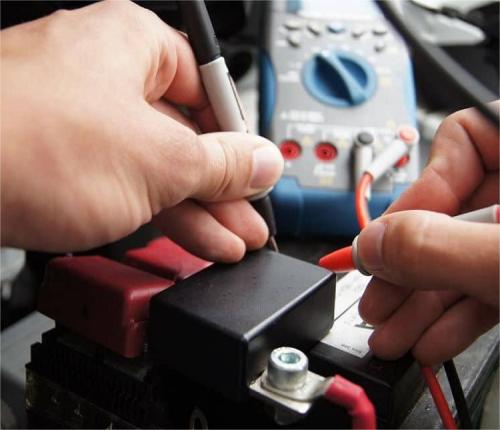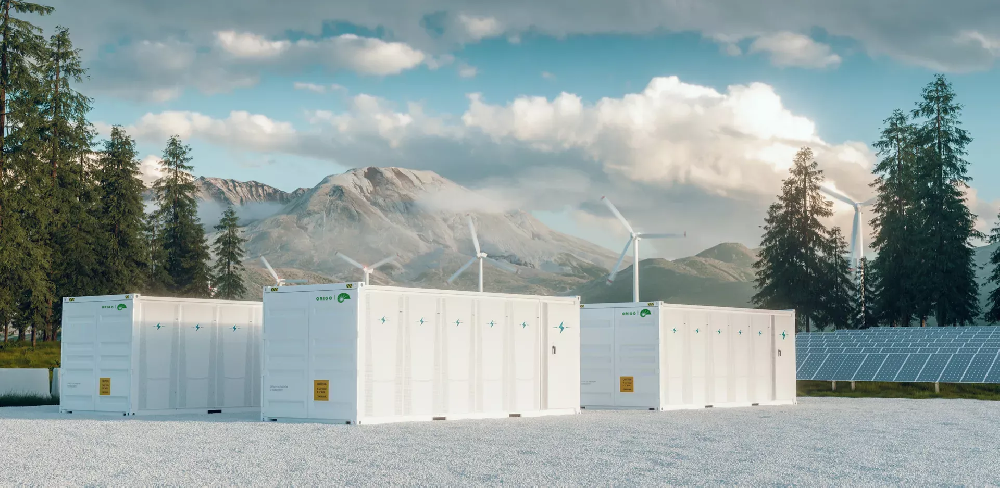Lithium-Ion Battery Care Guide
In the realm of energy storage, technological advancements have revolutionized the way we capture, store, and utilize electrical energy. From the basic building blocks of individual cells to the sophisticated integration into complete systems, this blog explores the journey of energy storage technology and its transformative impact on various sectors.
1. Fundamental Building Blocks: Energy Storage Cell
Energy storage begins at the smallest scale with individual cells. These cells, typically lithium-ion based, store electrical energy through chemical reactions. Over the years, research and development efforts have focused on improving cell performance, enhancing energy density, prolonging cycle life, and ensuring safety standards. Innovations in cell technology have driven significant improvements in efficiency and reliability, making energy storage solutions more viable for diverse applications.
2. Module and Pack Design: Scaling Up
Beyond individual cells, modules and packs represent the next level of integration. Modules are assemblies of interconnected cells designed to optimize energy storage capacity and efficiency. Packs combine multiple modules into a cohesive unit, incorporating management systems for monitoring and controlling energy flow. This modular approach facilitates scalability and customization, catering to various energy storage requirements across different sectors.
3. System Integration: Completing the Puzzle
The culmination of advancements in energy storage technology lies in the integration into complete systems. These systems encompass not only energy storage packs but also sophisticated power electronics, controls, and interfaces tailored for specific applications. Whether integrated into residential solar installations, commercial energy management systems, or grid-scale storage projects, complete system integration ensures seamless operation and compatibility with existing infrastructure.
4. Applications and Benefits
Integrated energy storage systems offer a myriad of benefits across diverse applications:
Renewable Energy Integration: Facilitates the smooth integration of fluctuating renewable energy sources like solar and wind into the grid, enhancing stability and reliability.
Grid Support: Provides essential services such as frequency regulation, peak shaving, and grid stabilization, optimizing grid performance and resilience.
Energy Management: Enables efficient energy storage and distribution, supporting demand response initiatives, reducing peak demand charges, and enhancing overall energy efficiency.
5. Future Directions and Innovations
Looking forward, ongoing advancements in energy storage technology continue to drive innovation:
Material Science: Development of new materials and chemistries to improve energy density, reduce costs, and enhance safety.
Smart Grid Integration: Integration with smart grid technologies and advanced control systems for real-time monitoring, predictive analytics, and optimal energy management.
Energy Storage Economics: Continued cost reduction through economies of scale, improved manufacturing processes, and regulatory incentives promoting energy storage adoption.
At Weifang Lishen ,we focus on integrating advanced lithium-ion battery technology into cohesive, high-performance systems. These systems cater to a wide range of applications, from electric vehicles to stationary energy storage units for residential, commercial, and industrial use.
Weifang Lishen commitments to sustainability is evident in their pursuit of environmentally friendly practices throughout the production and assembly processes. By leveraging their technical prowess and dedication to quality, Lishen Power continues to drive advancements in battery system assembly, contributing to the global transition towards cleaner, more efficient energy solutions.







